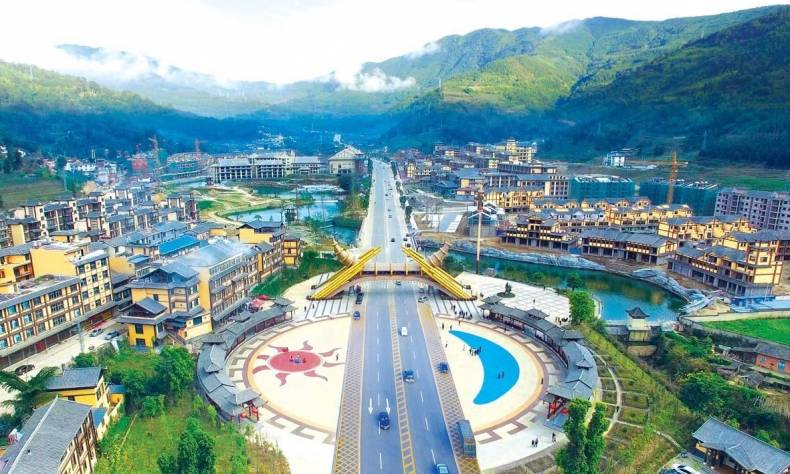
China is Working Hard to Reduce Poverty in Inland Border Regions
Compared with the economically developed coastal regions in east China, much work of poverty reduction still needs to be done in the inland border regions to the west in the following three years.
It is the Chinese Government’s pivotal goal to complete the building of a moderately prosperous society in all aspects by 2020. Compared with the economically developed coastal regions in east China, much work of poverty reduction still needs to be done in the inland border regions to the west in the following three years.
According to China’s statistics, the rural population living in poverty was 43.35 million by the end of 2016. Of this total, 14.11 million people were in border areas and ethnic minority areas. The poverty headcount ratio in these areas is 4.9 percent higher than the nation’s average because of harsh natural conditions, weak economic foundations, insufficient education service and lack of vocational skills. Therefore, ethnic minority groups are the focus of current poverty alleviation efforts. Actually, the Central Government has taken a series of measures over the past few years.
Overall, the government’s poverty alleviation efforts include five aspects: offering families in poverty financial support, creating job opportunities, improving local education and attracting more experts, relocation and resettlement of residents from inhospitable natural environments, as well as providing those who are incapable of working with basic living allowance.
For a long time, the economic structure in poverty-stricken areas was underdeveloped, relying on inefficient agriculture, husbandry or mining simply. Poverty reduction must start with developing new production modes and innovation-driven industries that are suitable for local conditions. Especially, many of these areas are home to a great diversity of ethnicity and culture, which is a resource for tourism development. Environmental protection should be given priority in the efforts to attract investment and promote business.
In recent years, China has achieved remarkable progress in poverty reduction in its Xinjiang Uygur Autonomous Region. The increasing employment has contributed much. Over the past three years, more than 4.92 million people from rural areas of southern Xinjiang have found jobs in cities across China. On the other hand, many experts and high-caliber people devote themselves to Xinjiang’s development. Thanks to the supporting policies, Xinjiang has established a number of industrial parks in poverty-stricken areas which bring jobs and drive local economic growth.
With three years to go before the 2020 deadline, the task of overcoming poverty remains tough. But Xinjiang’s achievements in poverty reduction and economic development ramp up the confidence in the future of the hinterland. China will leave no one behind in the process of building a moderately prosperous society in all aspects.
Source: Beijing Review
 Facebook
Facebook
 Twitter
Twitter
 Linkedin
Linkedin
 Google +
Google +










